
Tekst: Jansson J. Antmann w rozmowie z Isobel Parker Philip
Mapplethorpe był mistrzem kompozycji. Jak mówi kuratorka fotografii w Galerii Sztuki Nowej Południowej Walii w Sydney, Isobel Parker Philip: „Kiedy patrzysz na fotografię Mapplethorpe’a, od razu wiesz, że nie może to być żaden inny fotograf. Ma niesamowitą kontrolę nad swoim dziełem. Od razu widać, jak buduje i oświetla obraz.” Tutaj nuta renesansu, tam dotyk prerafaelity. Jeśli Mapplethorpe nie wiedział czegoś o sztuce, to znaczyło, że nie było to tego warte. Parker Philip zwraca uwagę, że Mapplethorpe lubił odwoływać się do fotografii i źródeł historycznych z XIX wieku, tak samo jak do środowiska LGBT noszącego skóry czy do sadomasochizmu. Podobnie jak Warhol, który pracował w branży reklamowej w ciągu dnia i był artystą w nocy, Mapplethorpe czuł się jak tak samo dobrze w nowojorskich galeriach sztuki jak i w edekorowanych skórą barach i klubach erotycznych. Parker Philip podkreśla, że „docenianie sposobu, w jaki Mapplethorpe flirtuje z tymi rozbieżnymi światami oraz sama jego postać przypominająca kameleona ma zasadnicze znaczenie dla zrozumienia jego twórczości jako artysty, który zawsze wykorzystywał fotografię do zgłębiania swojego homoseksualizmu i swojego miejsca w subkulturach. Jego portrety i szczere przedstawienie jego seksualności są dwiema stronami tej samej monety.” W tamtym czasie polityka go nie interesowała, ani nie bronił praw gejów, ale jak mówi Parker Philip, był on bez wątpienia katalizatorem zmian. To dzięki niemu dzisiejsi fotografowie cieszą się swobodą wyrażania siebie, która przed Mapplethorpem nie istniała.


Mapplethorpe was a master of composition. As the curator of photography at the Art Gallery of New South Wales in Sydney, Isobel Parker Philip says, „When you look at a Mapplethorpe photograph, you know that it couldn’t have been taken by anybody else. He exercises an incredible amount of control. You can instantly recognize the way he structures and lights an image.” With a hint of Renaissance here and a touch of pre-Raphaelite there, it’s clear that what Mapplethorpe didn’t know about art wasn’t worth knowing. Parker Philip points out that Mapplethorpe liked to reference 19th Century photography and art historical sources as much as leather culture and S&M. Like Warhol, who was a 'Mad Man’ by day and a pop artist by night, Mapplethorpe was as much at home in New York’s uptown galleries as he was in the downtown leather bars and sex clubs. Parker Philip stresses that „appreciating the way Mapplethorpe flirts with these divergent worlds and his chameleon-like persona is crucial to understanding his work as an artist. He was always using photography to explore his sexuality and his place within those subcultures. His studio portraiture and the frank depiction of his homosexuality are two sides of the same coin.” At the time Mapplethorpe did not see himself as political, nor did he explicitly advocate for gay rights. However, as Parker Philip says, he was without doubt a catalyst for change and thanks to him, today’s photographers enjoy a freedom of self-expression that hadn’t existed before Mapplethorpe.
Text: Jansson J. Antmann in conversation with Isobel Parker Philip
https://www.artgallery.nsw.gov.au/exhi…/robert-mapplethorpe/











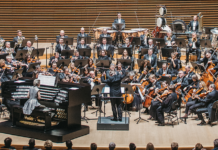














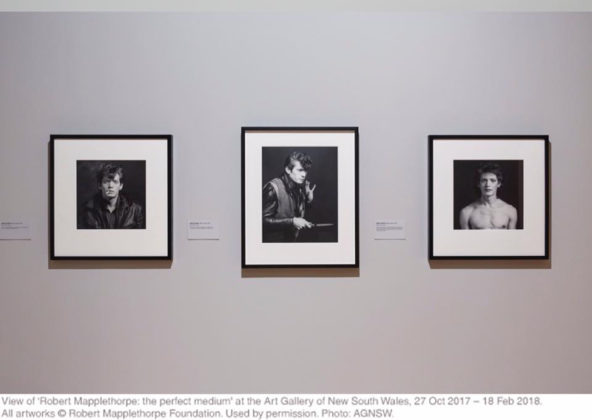
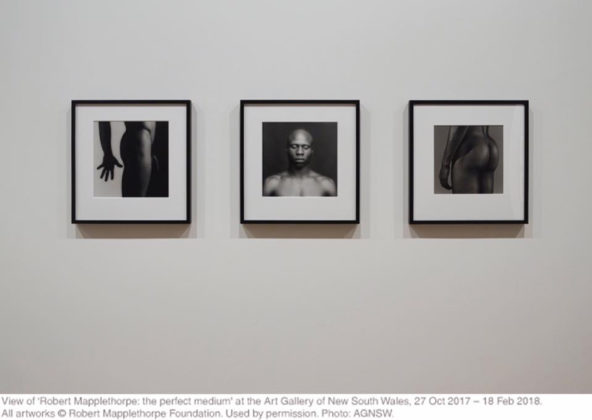
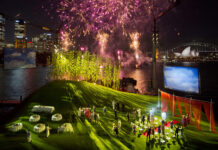
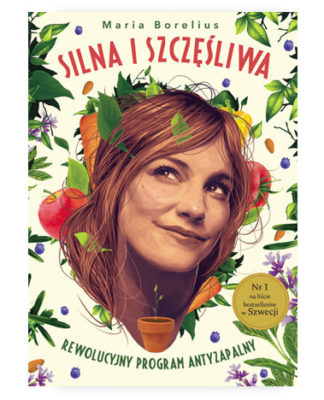
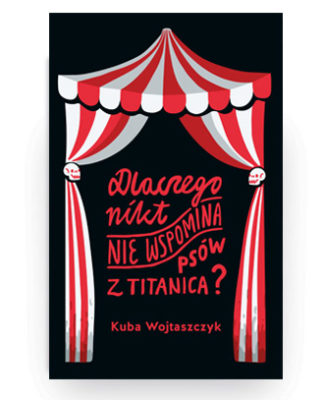
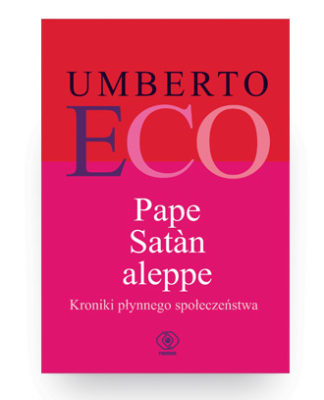
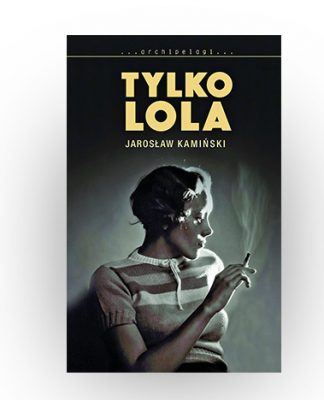
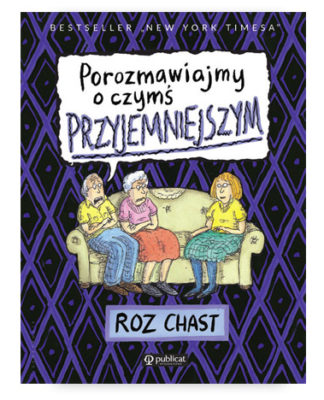
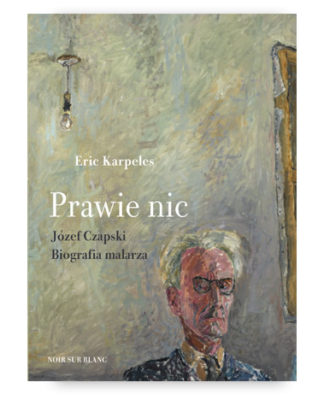
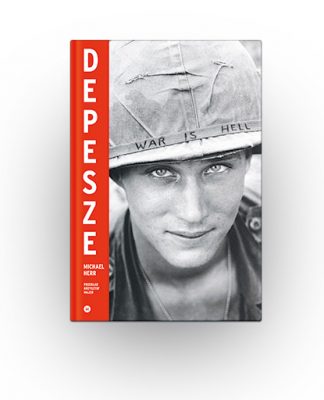
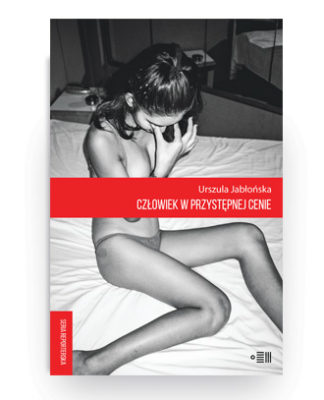
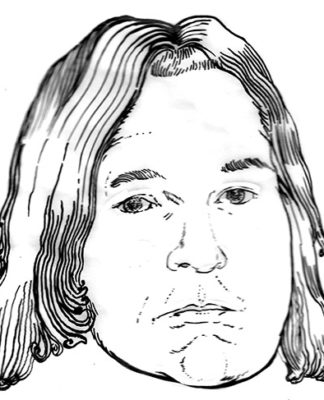
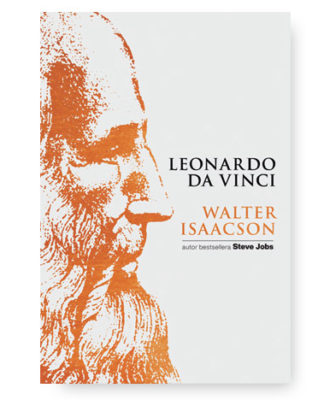
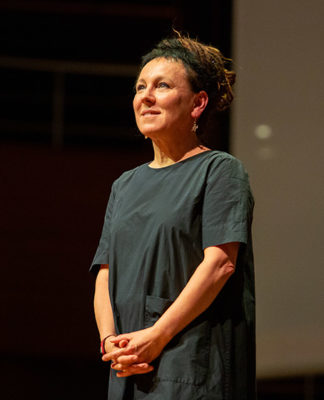
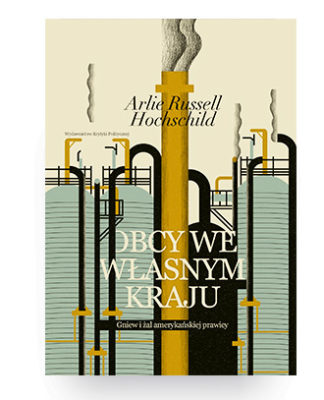
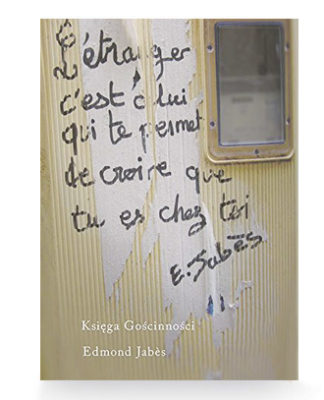
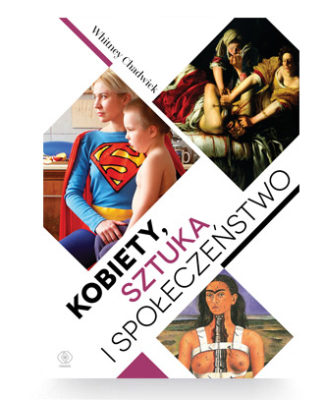
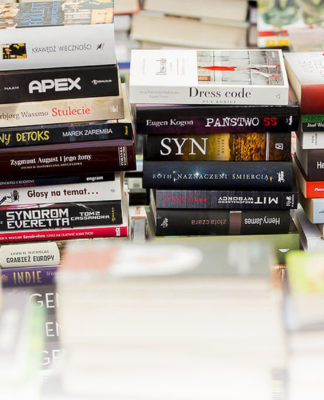
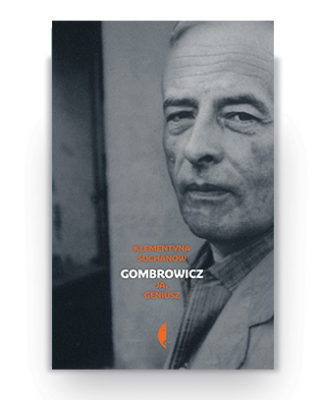
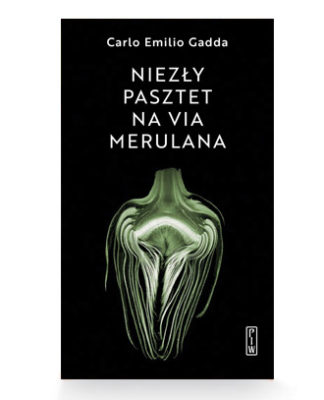
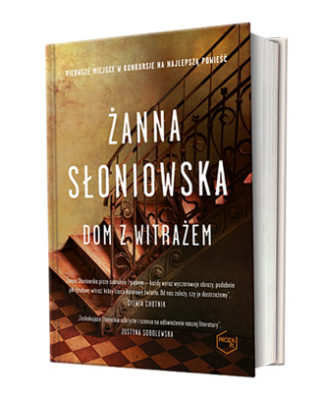
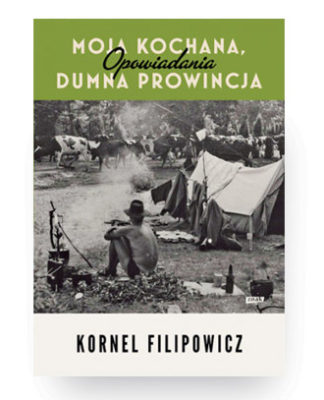
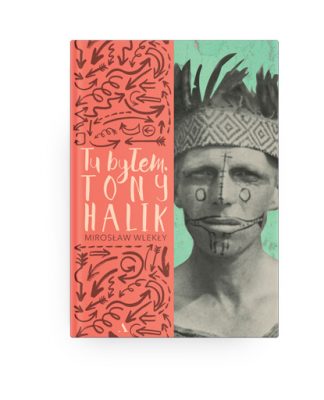
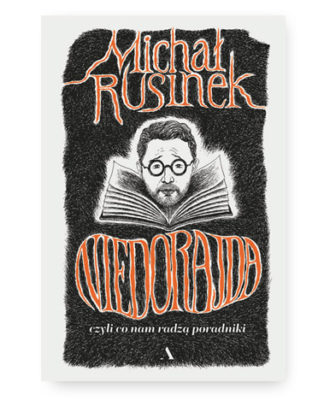
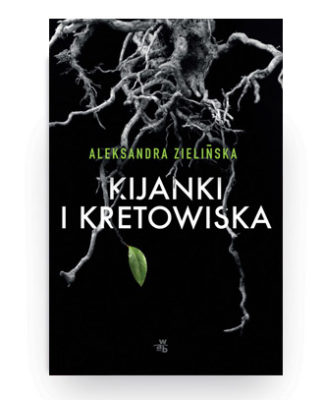
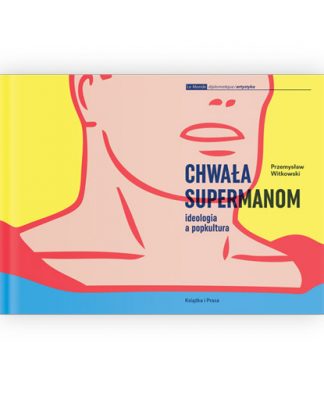
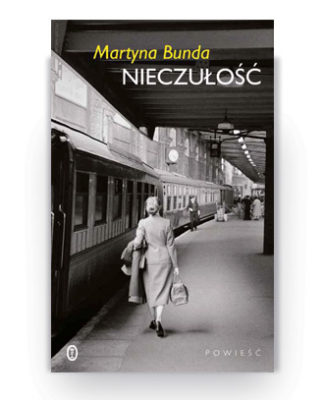
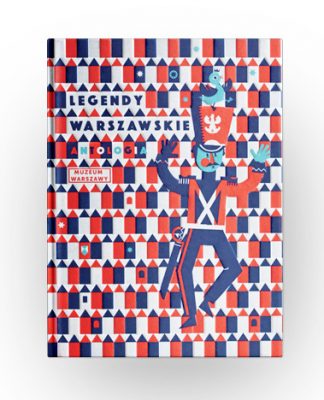
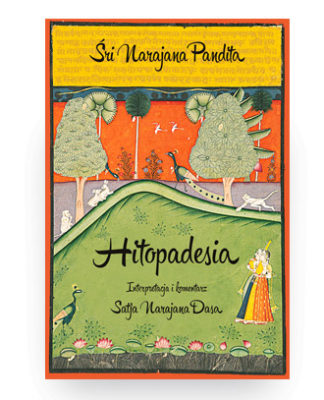

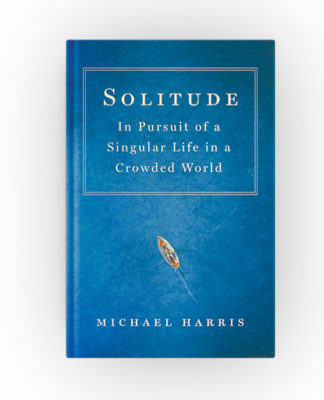
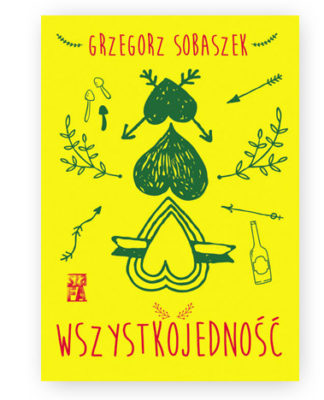
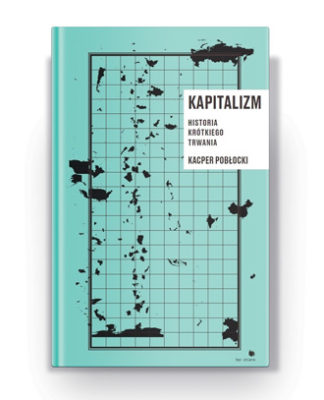
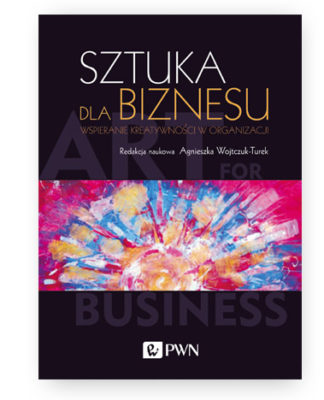
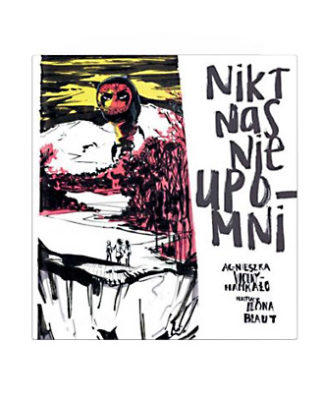
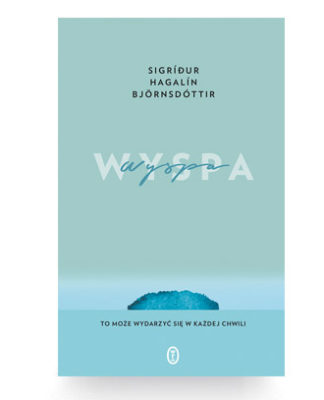
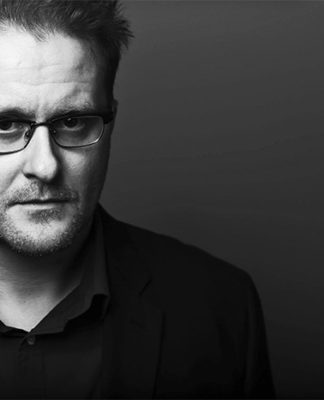
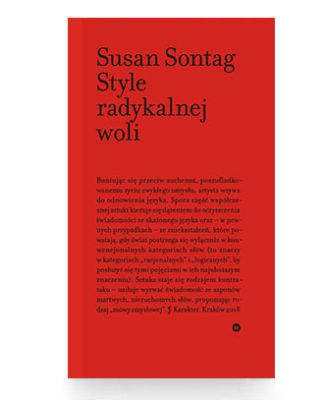
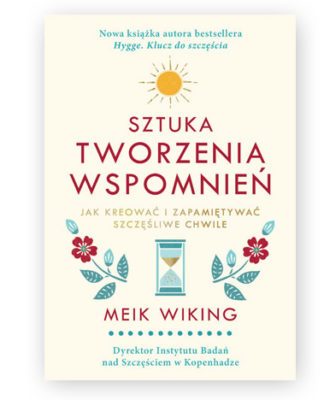
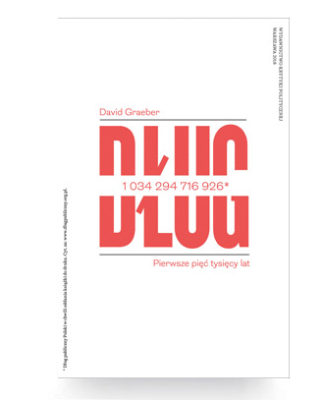
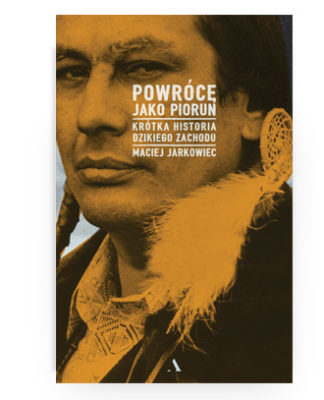
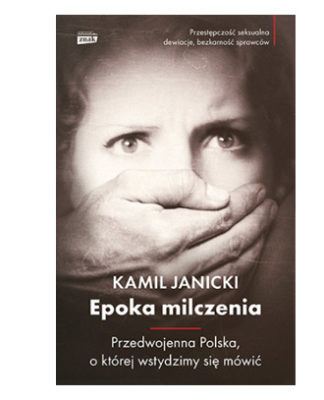
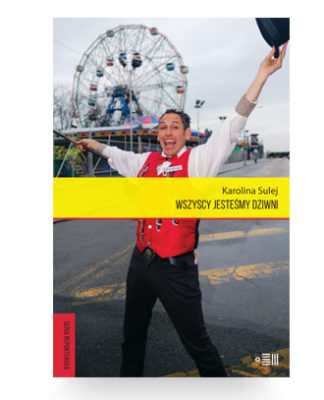

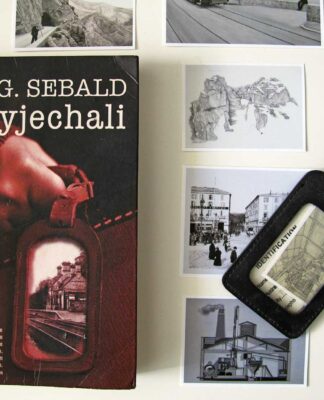
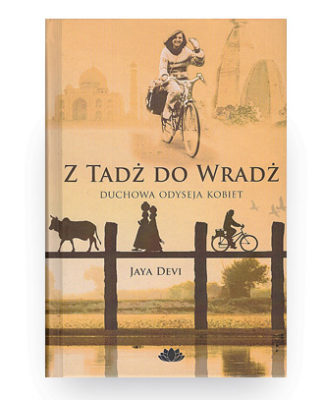
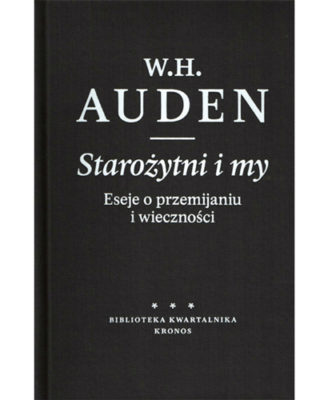
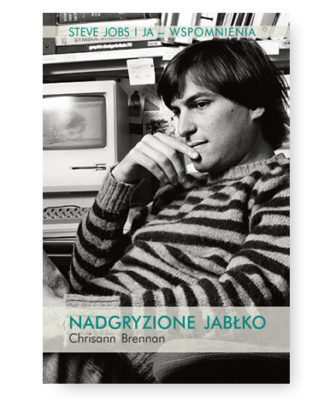
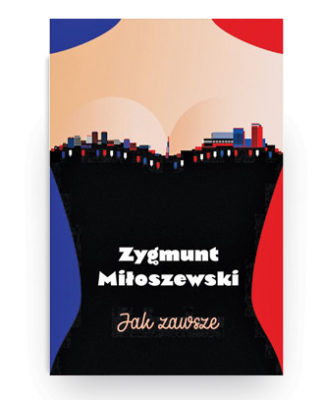

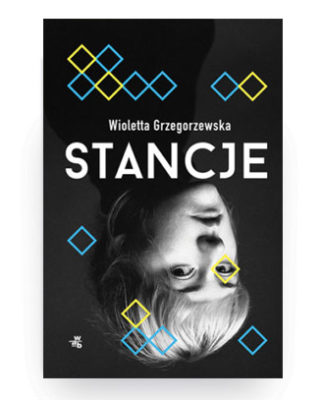
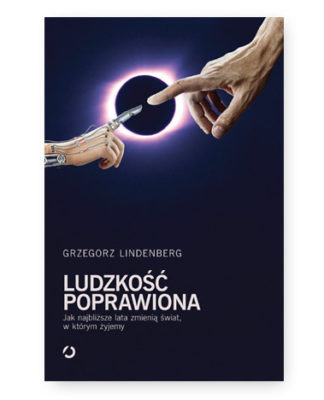
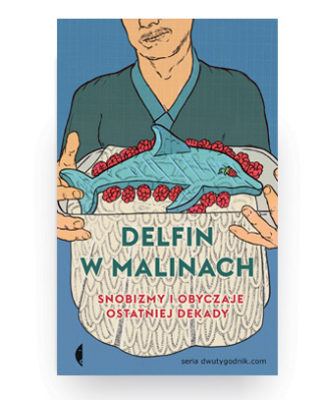
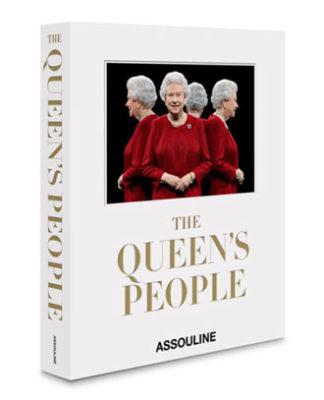

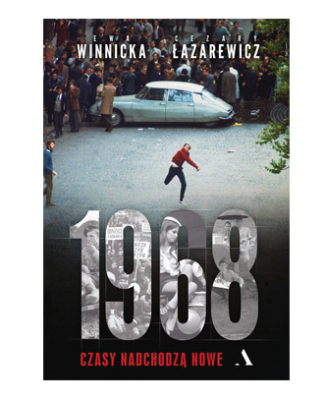
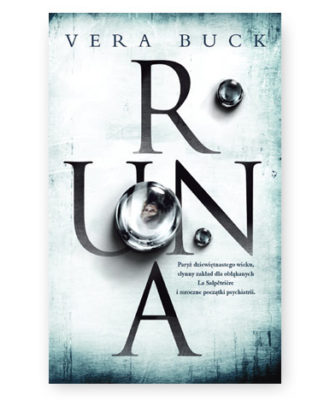
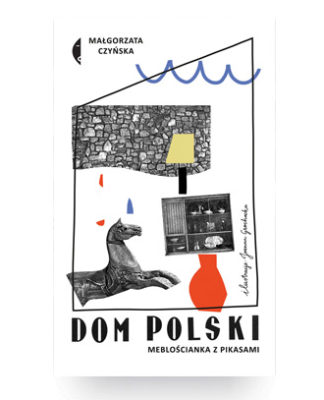
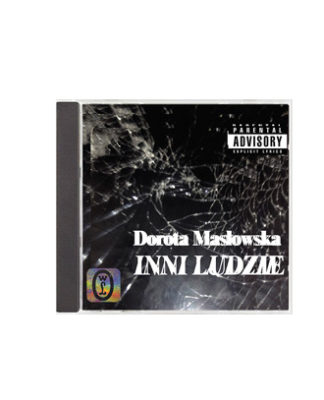
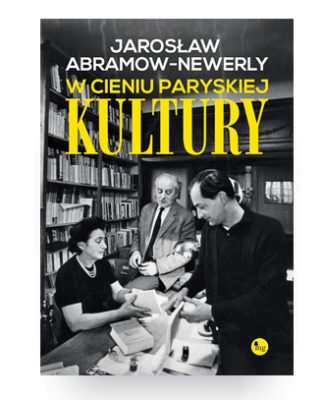
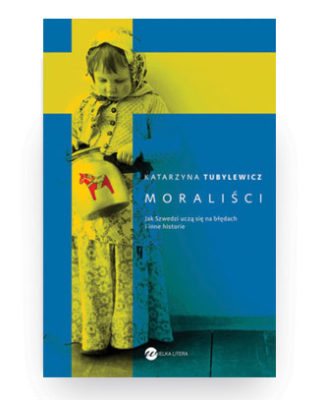
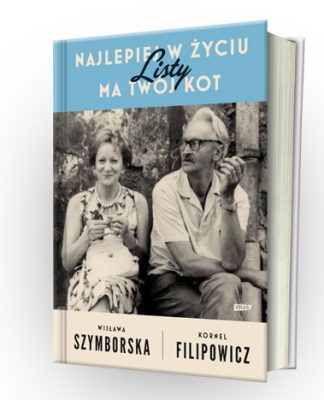
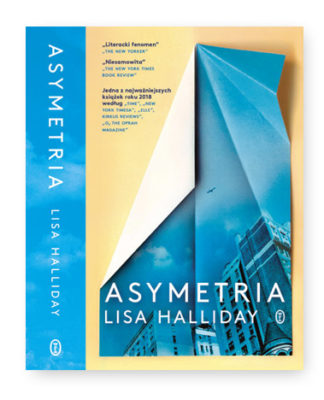

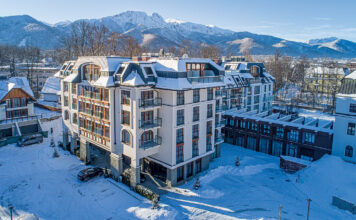
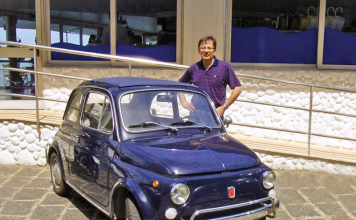
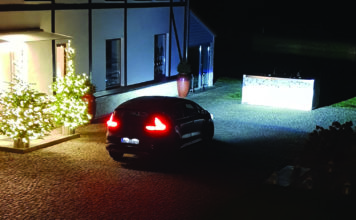
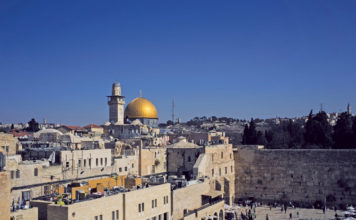
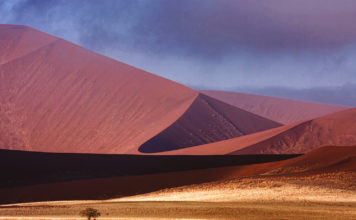
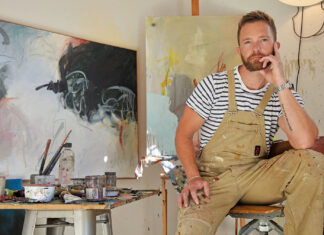
[…] Mapplethorpe – idealne medium cz.5 […]